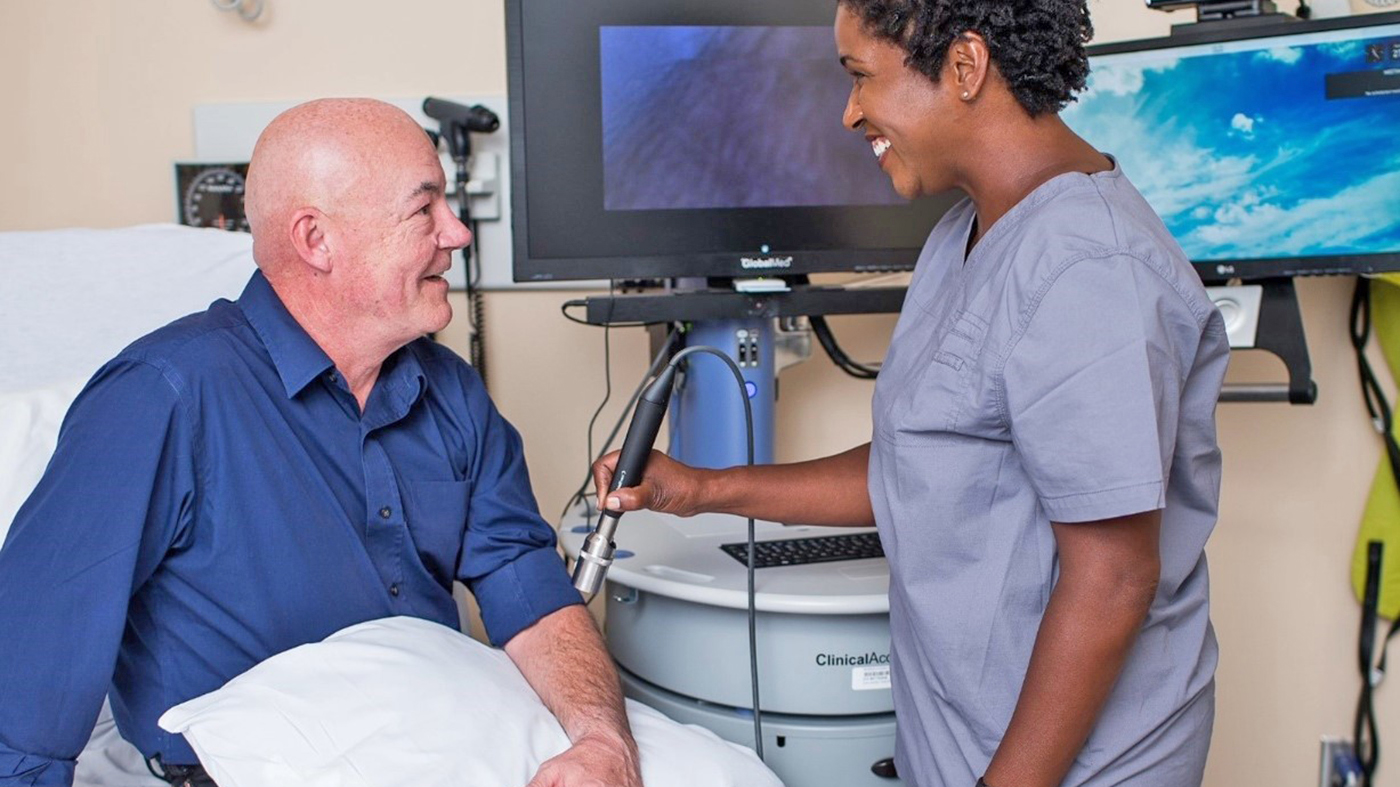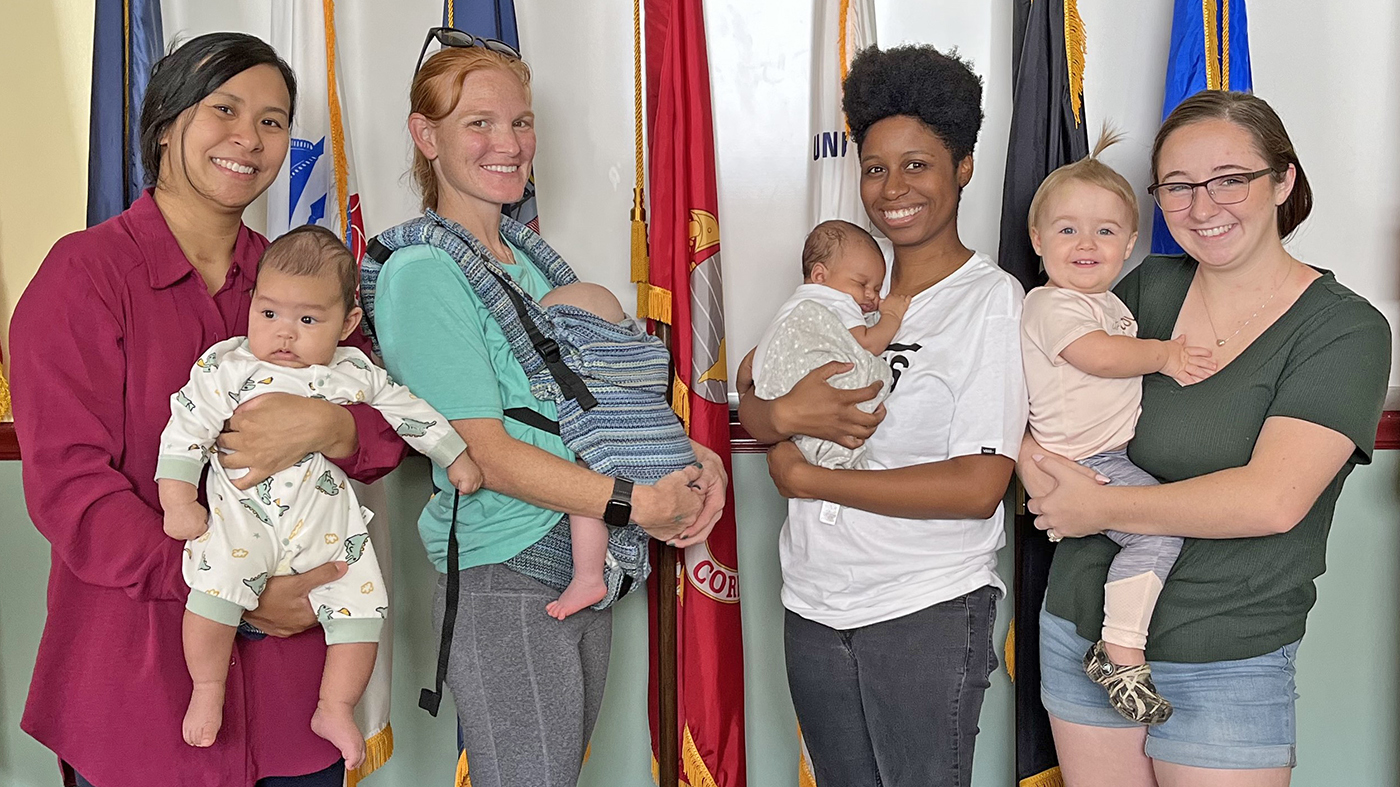Whoever coined, “you can’t teach an old dog new tricks,” has not met South Texas VA’s senior prosthetist, Gordon Bosker. Having decades of “old-fashioned” prosthetics fabrication under his belt, he’d be the last person you’d think was scanning body parts with an iPad, but the Air Force Veteran has totally embraced the technology.
Bosker presented 3-D printing technologies as part of South Texas’ Research Week celebration. The week ran from May 13 – 17. Several services are presenting their latest research efforts like the exoskeleton, personalized medicine and even the caregiver program.
Bosker is leading the South Texas VA into the new age of prosthetic devices with 3-D printing. In addition to being a certified prosthetist/orthotist, he manages the lab. One of the biggest challenges he faces in the near future is finding enough space for their newest (and third) 3-D printer.
South Texas submitted, and was awarded an innovation grant for the third printer which will enable the lab to print full leg designs. Something not possible before for South Texas Veterans.
Currently, they are printing sockets, arch supports, covers and orthotic devices like hand splints. Bosker is looking ahead to possibly printing internal bone structures to assist with surgical procedures.
Bosker said the technology isn’t the only change, as he held up a socket cover that sported a woodland print that looks at home in any hunting store. “Another change that you see in the field is a change of attitude,” said Bosker. “We used to have to make almost exact replicas of legs because they [Veterans] didn’t want you to know they had a prosthetic.” Bosker said today, Veterans are proud of them and they don’t mind showing them off.
Bosker said it’s important to personalize the equipment. “If you make it so they’ll own it, they will use it.”
Besides the expanded capabilities that come from 3-D printing, Bosker said he likes the manpower savings. “There is no more casting, no more pouring casts,” Bosker said. “All of the modifications are done via computer which in turn alleviates the workload to fabricate.”
The most important aspect is that the prosthetics team is freed up to see other patients.

Topics in this story
More Stories
Lebanon VA is using telehealth to cut the wait for dermatology care for urgent and non-urgent conditions.
SHRIMPS ensures every part of a surgical setup is covered during handoffs.
Perinatal Veterans Socials bring together new parents to build social connection as they navigate parenthood and post-partum care.







What does it take years to bring a Veterans Benefit Appeal to fruition? Took me 3-4 years to get a Hearing by a VA Judge. Was told I my Exam would be ‘expedited’ due to my age. Been over a year since Hearing. Still NO EXAM! I do not understand these delays.
Perhaps the VA just waiting for me to die then be done with my claim altogether.
Too Long to wait!
Really innovative idea. Appreciate the way he is using this technology. Thank you Steven for posting this. God bless.